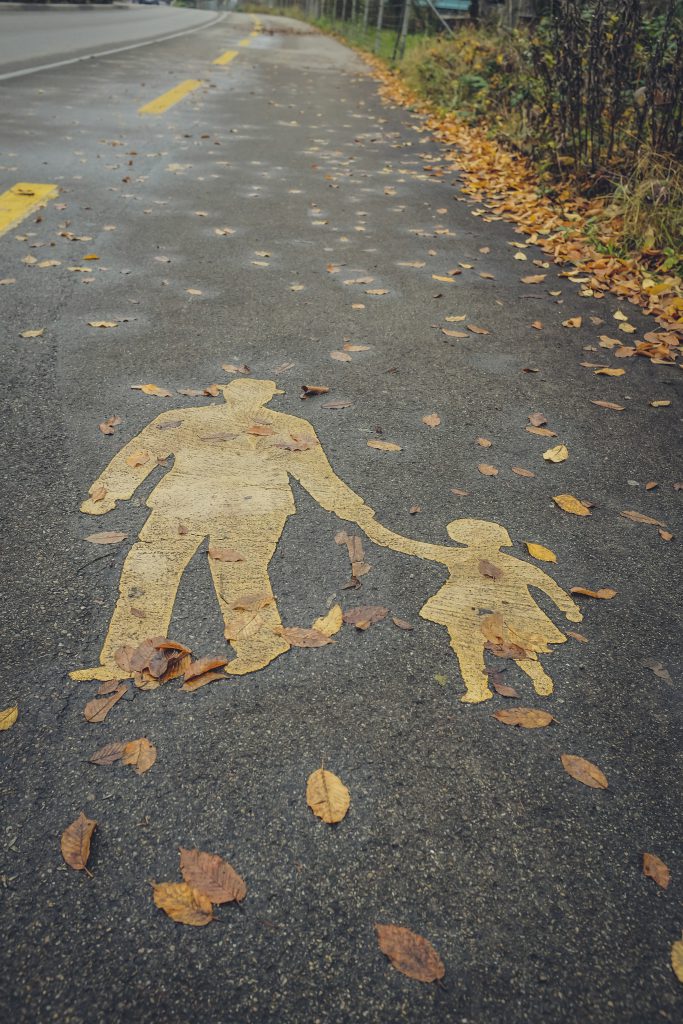The SOVA Project is happy to feature this blog post written by one in our team of fantastic SOVA Ambassadors—these are young people who help create meaningful blog posts from adolescents’ perspectives. We hope you can use their post to start a conversation with your adolescent.

The past few weeks have been particularly rough for me in regards to my anxiety. I’ve been experiencing a range of slight nervousness to full on panic attacks. You probably have had similar experiences. In the middle of a panic attack, it’s difficult to stay grounded and rationalize your behavior. It can be extremely difficult to become aware of your emotions and control them.
You may have heard of the “5, 4, 3, 2, 1“ technique. This technique encourages sufferers of anxiety to become more aware of their surroundings. The technique is as follows:
Step 1: Identify 5 things you can see. Look around and pick things you can see. Take a moment to focus on the detail of these things.
Step 2: Identify 4 things you can hear. This can be your foot tapping on the ground, an air conditioning unit, etc.
Step 3: Identify 3 things you can feel. The texture of your shirt, your feet against your shoes, etc.
Step 4: Identify 2 things you can smell. This can be the smell of the room, the smell of your clothes, or even your deodorant if you’ve run out of options!
Step 5: Identify 1 thing you can taste. This one can be tricky…
During an appointment with a counselor this week, my counselor recommended carrying oranges or clementines to assist with this technique.
“Oranges?” you say. Yes, oranges. Oranges can help with identifying several of the things listed above. You can SEE its bright, orange color. You can scratch the skin and HEAR it. You can FEEL it. You can certainly SMELL it. Lastly, it’s something portable that you can TASTE.
In the event that you don’t like oranges, you can alternatively use something like a stick of gum.
If you suffer from anxiety, give this a try! Even if you don’t have an anxiety symptoms, you’ll at least have a healthy snack!
What coping mechanisms have you shared with your child? Would you introduce them to this method?

 People spend a lot of time on the internet. While part of that time is spent on the phone, people usually glued to our computers and laptops in some way. Whether that be for doing research for school, googling something for work, or just having a place to watch videos, taking quizzes, or talking to friends online, the internet is as present in everyday life as breathing, and it’s easy to end up spending hours on it.
People spend a lot of time on the internet. While part of that time is spent on the phone, people usually glued to our computers and laptops in some way. Whether that be for doing research for school, googling something for work, or just having a place to watch videos, taking quizzes, or talking to friends online, the internet is as present in everyday life as breathing, and it’s easy to end up spending hours on it.



 There are many outlets to take advantage of if you need a distraction that go beyond procrastination purposes. These kinds of situations can include sitting on public transit, waiting for a doctor’s appointment, or those times when anxiety can feel so overwhelming that you it can seem like you’re frozen, itching to do something to make the feeling go away. One of the most simplest and convenience ways to waste a little bit of time and keep yourself busy is through the infinite number of games available through the app stores on your smartphone.
There are many outlets to take advantage of if you need a distraction that go beyond procrastination purposes. These kinds of situations can include sitting on public transit, waiting for a doctor’s appointment, or those times when anxiety can feel so overwhelming that you it can seem like you’re frozen, itching to do something to make the feeling go away. One of the most simplest and convenience ways to waste a little bit of time and keep yourself busy is through the infinite number of games available through the app stores on your smartphone.

